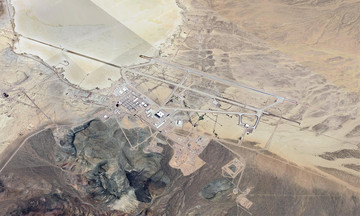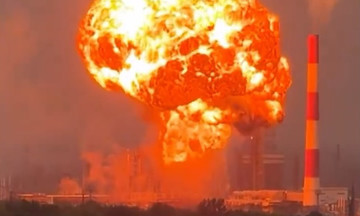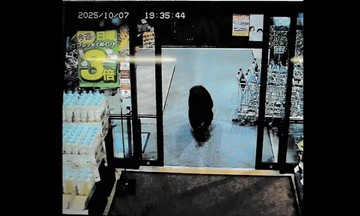Dutch Defense Minister Ruben Brekelmans announced on 10/9, "Dutch F-35 fighter jets intercepted Russian unmanned aerial vehicles (UAVs) over Poland. Our F-35 squadron made a significant contribution to the collective security effort within NATO. This is what we are prepared to do." The Dutch Ministry of Defense confirmed this wasn't the first time their F-35s scrambled in Poland in response to "threats against NATO territory" during Russian air raids on Ukraine. However, this was the first time F-35s downed suspected Russian UAVs after they entered Polish airspace on 10/9.
Dutch officials did not specify the type of weapons used or the number of UAVs shot down.
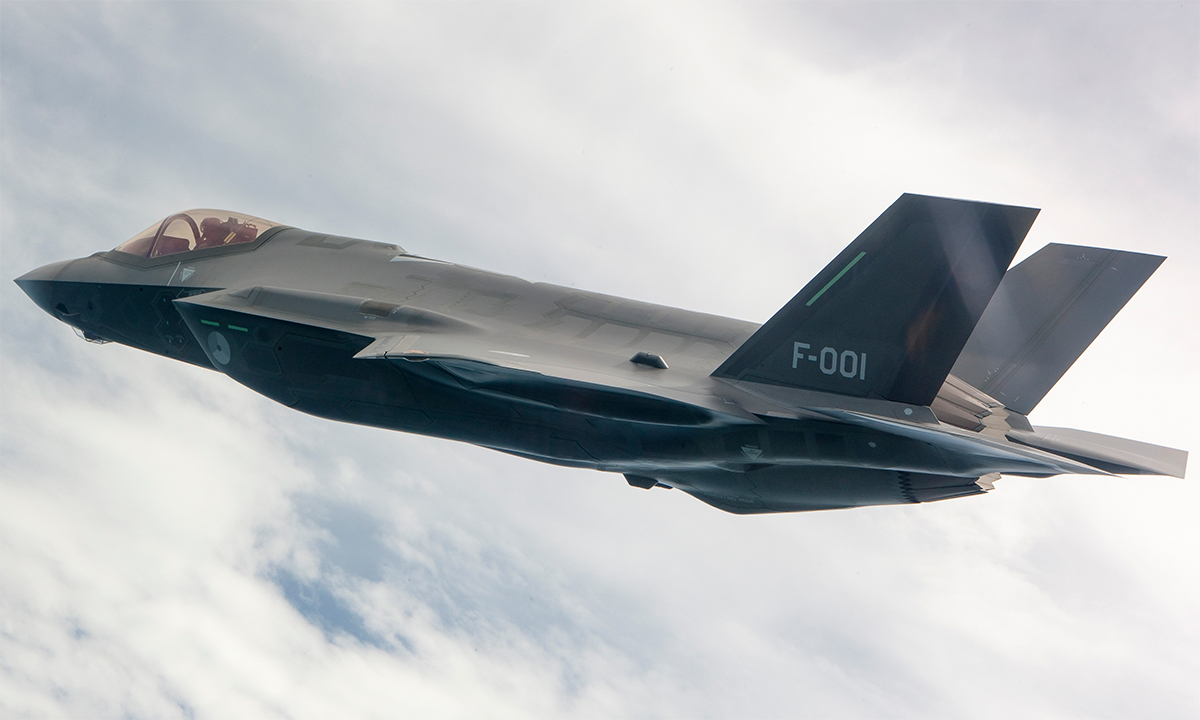 |
Dutch F-35 fighter jet. Photo: Dutch Ministry of Defense |
United24, a Ukrainian government fundraising platform, reported that Dutch F-35s fired AIM-9X air-to-air missiles to down Russian Gerbera decoy UAVs. An AIM-9X costs between 400,000 and 500,000 USD, while a Gerbera UAV, made from inexpensive materials, is estimated to cost 10,000 USD.
Images circulated on social media show debris from an AIM-120C-7 medium-range air-to-air missile in what is believed to be Polish territory. Each AIM-120C-7 costs over two million USD.
The Ukrainian Air Force Command reported that Russia launched 415 suicide and decoy UAVs, 42 Kh-101, Kalibr, and Kh-59/69 cruise missiles, and one Iskander-M ballistic missile during the early morning attack on 10/9. "Air defense units shot down or jammed 386 UAVs and 27 cruise missiles. Sixteen missiles and 21 UAVs hit 17 locations, while at least eight UAVs crossed the Ukrainian border and entered Polish airspace," the command stated.
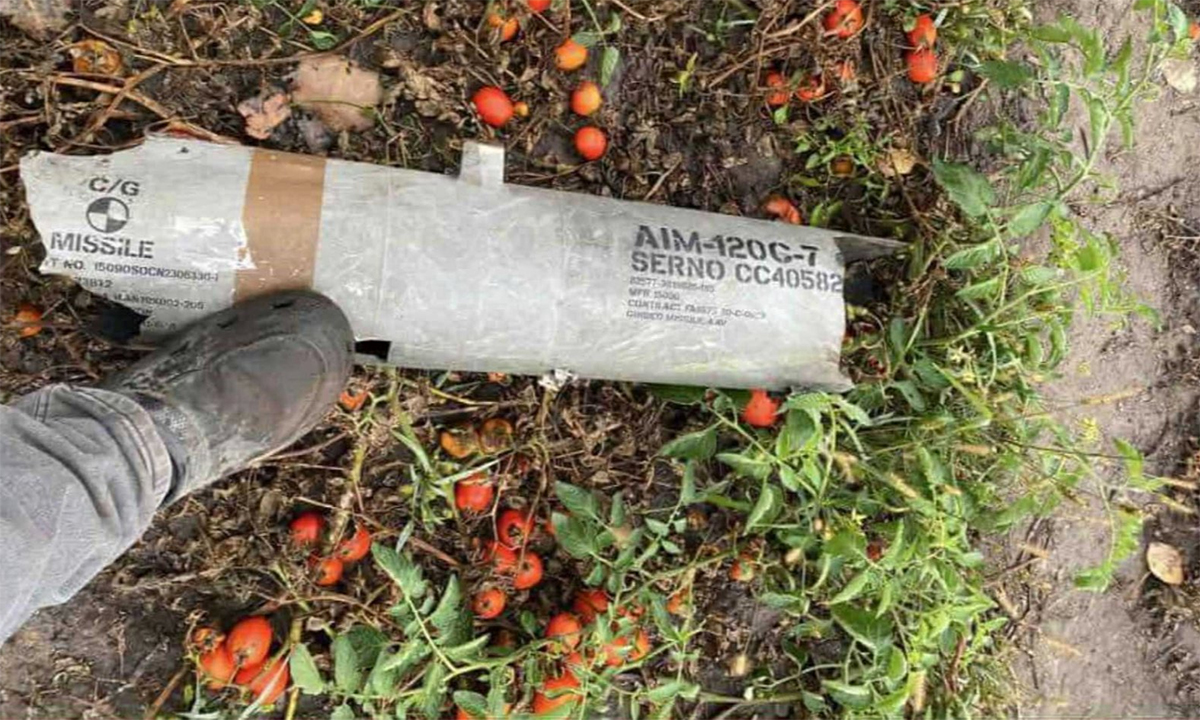 |
Debris of an AIM-120C-7 air-to-air missile suspected to have fallen in Poland on 10/9. Photo: X/Dawid Kamizela |
Polish officials reported that 19 UAVs entered their airspace, mostly falling in the eastern Lubelskie province, but two traveled over 300 km from the border. At least three were shot down by Polish and NATO allied fighter jets.
NATO Secretary General Mark Rutte stated that Polish F-16s, an Italian early warning aircraft, and a tanker aircraft from another alliance member participated in downing the UAVs that entered Poland. German forces activated their Patriot air defense systems but did not fire.
The Russian Ministry of Defense announced a large-scale combined attack that same day, using high-precision weapons and long-range UAVs targeting Ukrainian defense enterprises in the Ivano-Frankivsk, Khmelnitsky, and Zhytomyr provinces, along with the cities of Vinnytsia and Lviv.
"Russia had no intention of striking any targets within Polish territory. The range of the UAVs, which allegedly flew into Polish airspace, does not exceed 700 km. We are ready to consult with the Polish Ministry of Defense on this issue," the Russian Ministry of Defense stated.
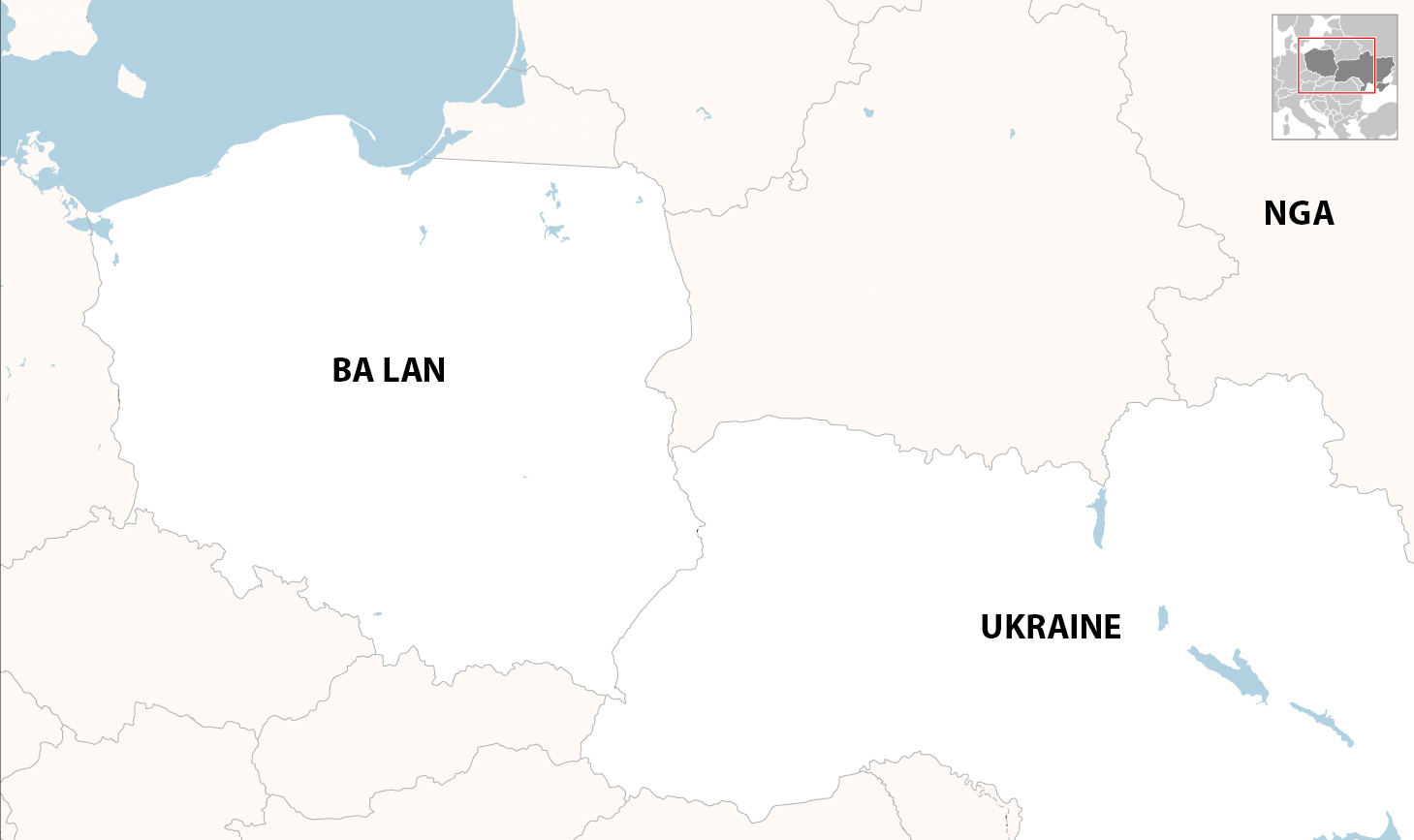 |
Location of Poland, Russia, and Ukraine. Graphic: FT |
Western defense experts and officials have pointed out NATO's reliance on advanced weaponry, including F-35 fighter jets and Patriot air defense missiles, to counter inexpensive UAVs. They assess that this is not a sustainable solution in a high-intensity conflict and that cheaper alternatives are needed.
Nguyen Tien (According to AFP, AP, War Zone, RIA Novosti)





